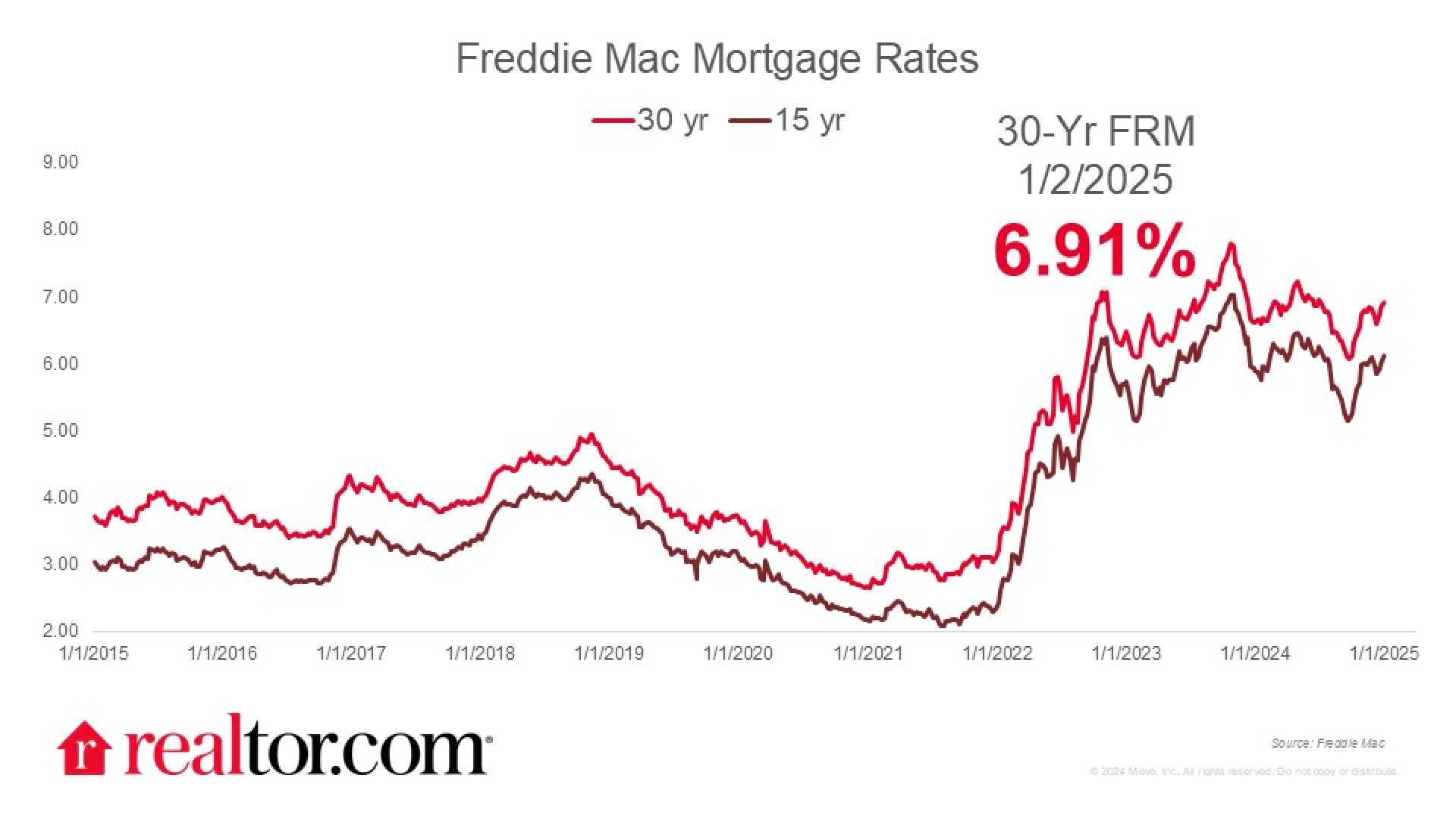Business
Mortgage Rates Edge Lower Amid Economic Uncertainty, Experts Say

CHARLESTON, W.Va. — Mortgage rates have shown a slight decline recently, with the average 30-year fixed-rate mortgage (FRM) falling to 6.65% for the week ending March 28, 2025. Experts attribute this decrease to weaker-than-expected economic data that has affected the bond market.
The recent data indicates that rates have dipped modestly on three consecutive business days, suggesting a shift in the current economic landscape. Four days prior, rates had reached their highest levels, illustrating the narrow range in which they have been operating over the past five weeks.
“The bond market’s reaction to economic data is crucial,” said Greg McBride, chief financial analyst at Bankrate. “Weaker economic reports can bolster bond prices, consequently lowering mortgage rates. Without significant economic improvement, we are unlikely to see dramatic changes.”
One contributing factor to the current mortgage rate trends is the ongoing uncertainty in the economy. Although the Federal Reserve has yet to lower its benchmark rate further, market analysts predict some easing in April. “Mortgage rates are likely to fall if signs of economic weakness become evident in data and not just sentiment surveys,” McBride added.
Fannie Mae and the Mortgage Bankers Association have made forecasts about the trajectory of mortgage rates for 2025. Both institutions predict a gradual decline, with rates expected to hover around the mid-6% range throughout the year.
The recent average also saw the 15-year FRM rise slightly to 5.89%. “Current political and economic challenges, including inflation pressures and a rising federal deficit, continue to hold mortgage rates relatively high,” said Lisa Sturtevant, chief economist at Bright MLS.
As a result of high mortgage rates, homeowners are increasingly engaging in a trend known as the ‘lock-in effect,’ where they cling to their lower-cost loans rather than selling their homes amid current high rates. The median national home price was recorded at $398,400 in February, according to the National Association of Realtors.
The average adjustable-rate mortgage (ARM) also saw fluctuations, rising to 6.10% as of March 28, 2025, after experiencing a recent spike. “The ARM offers a temporary advantage to borrowers, particularly for those purchasing low to mid-tier price homes,” a housing market analyst noted.
As 2025 progresses, mortgage specialists will be closely monitoring the interplay between economic indicators and mortgage rates, which are fundamentally tied to the 10-year Treasury note market. The anticipated long-term trends suggest fewer high rates as the economy stabilizes, but also point to historic issues that may keep property values under pressure.












